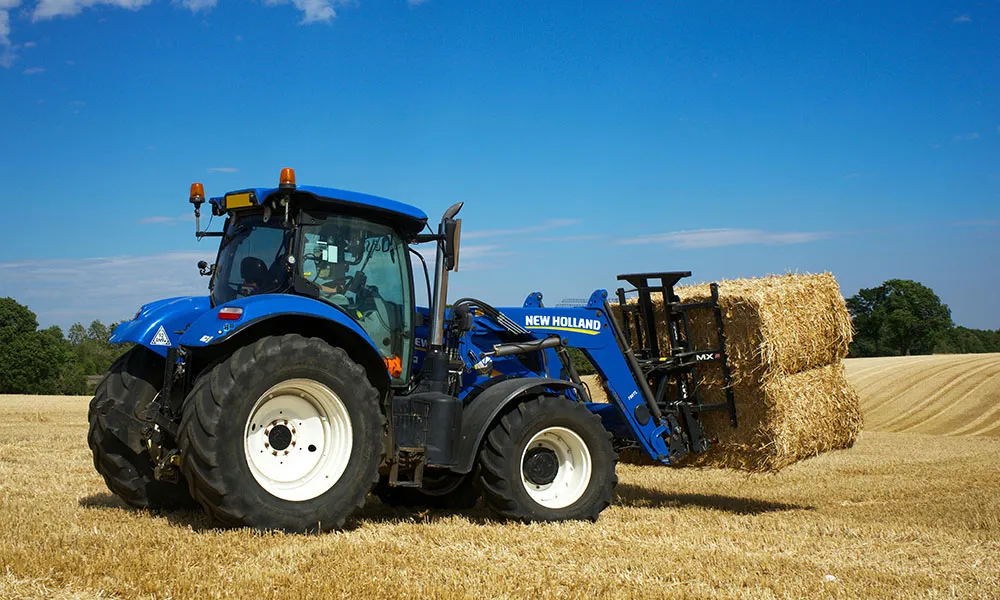
A long and wet spring
There have been years when it was possible to turn cattle onto spring grass in late February or early March. Unfortunately, these are starting to feel like a distant memory. This year certainly has not been such a year. After one of the wettest Februarys on record, March has been erratic to say the least. Over the last week we have seen some bright mild days, but these have been severely undercut by lengthy and heavy downpours.
Havoc on the ground
The high rainfall levels have wreaked havoc on ground, meaning that many of us farming on marginal land don’t expect to turn out cattle before May Day. Even those with better ground may consider holding off until well into April. The cattle, too, may be reluctant to abandon the warmth and comfort of the shed for hostile spring conditions. (We turned out a few cattle on Saturday for a couple of hours, just to clean out the shed. The didn’t venture far from the gate and were bellowing to get back inside before the cubicles had been cleaned out!)
Advantages of spring grazing
That being said, there are significant advantages to grazing spring grass where it is available. In comparison to hay or silage, early spring grass contains high levels of essential nutrients that promote thrive in younger animals and milk production in lactating cows. In addition, grazing early spring grass helps to promote grass growth as we move into summer. Leaving spring grass untouched may result in a slower growing rate later in the year – an outcome that you should be keen to avoid.
Therefore, if your ground is relatively dry and you have observed reasonable early growth, you should consider turning out stock in the days and weeks ahead. Grass can always be supplemented with concentrate and/or silage where necessary.
Prioritising younger stock
If, like me, you are farming on marginal ground, you should prioritise turning out younger stock while holding back adult cattle. Younger animals are lighter and are less likely to do serious damage to wet, heavy soil. If you are turning out all of your animals, it is helpful to establish grazing divisions of appropriate size. This will allow you to graze animals on ground appropriate to their size and weight. Heavier, adult cattle should always be kept on drier and lighter soils.
Saving heavier grass
It is helpful to remember that cattle tend to do a lot of racing around after the first few days of turnout. For this reason, it is best to keep them off heavy grass until their initial excitement has passed. The last thing you want is for your best grass to be trampled into the ground by excited cattle.
Thanks for reading!
In conclusion, there are a few key takeaways when it comes to turnout at the end of what has been a fairly miserable spring. These are summarised as follows:
1. Spring grass is highly nutritional and should be grazed if ground condition allows it.
2. Younger cattle should be prioritized at turnout, as they are less likely to damage ground.
3. Divisional grazing (dividing pasture up into different sections) can help to prevent heavier animals from doing damage to wetter ground.
4. Do not put cattle directly onto heavy grass, as they are likely to trample it in the excitement of initial turnout. Wait a few days before moving them onto your best grass.











